As we often say, Nelson is one of our favourite destinations on South Island. Not only because it’s the city with the highest average hours of sunshine (although that helps!), but also because of its location on the eastern shores of Tasman Bay.
It’s surrounded by mountains that lead into the three National Parks: Abel Tasman, Nelson Lakes and Kahurangi, which offer world-class trails through pristine ancient forests and around the golden bays of the Pacific.
It also includes Mt Owen, with rockscapes that are so fantastic it stands to reason they were featured in Peter Jackson’s Lord of the Rings.
Nelson also has a reputation as a creative arts centre, with galleries, workshops, festivals and many cultural events very much part of the local scene. It’s worth checking out the city’s events calendar to see if you’ll be in town when there’s a display, studio opening or music event that you’d like to take in.
As the oldest city on South Island and the second-oldest settled city in New Zealand, Nelson certainly has an interesting history, which very much shapes the town that places itself at “The Centre of New Zealand” in more ways than one.
What’s in a Name?
As Wellington had been named in honour of Britain’s most famous soldier, the New Zealand Company felt it was fitting to call the settlement across the strait by the name of her most famous sailor – Vice-Admiral, Viscount Nelson.
The city has many names that are a nod to the mother country and to Nelson’s sea battles – including Albion Square and Britannia Heights. The main street in Nelson is Trafalgar Street, after the 1805 battle in which Nelson died.
A Brief History of Nelson
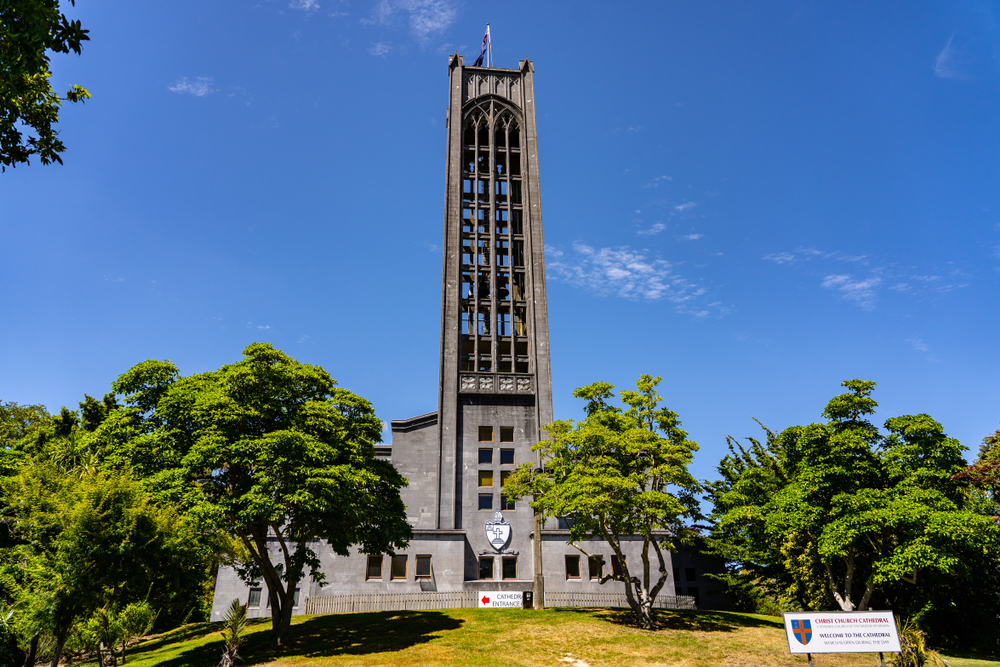
Early Settlement
The Maori people settled in the Nelson region approximately 700 years ago and developed the land around the Waimea Plains. From the 1600’s, the area was controlled by the Ngati Tumatakori tribe through until the early 1800’s when they were attacked by northern tribes and virtually wiped out.
The New Zealand Company
The company, based in London, planned a settlement of Nelson and intended to buy 200,000 acres from the Maori to divide it into lots and sell off to settlers. However, by September 1841 only about one third of the lots had sold. Despite this, the colony pushed ahead.
Three ships, the Arrow, Whitby, and Will Watch, sailed from London under the command of Captain Arthur Wakefield with settlers for the new colony. After some negotiation with the Crown’s governor, William Hobson, they were given permission to explore the North western area of South Island.
The company then purchased an ill- defined area of land from the Maori people to include Nelson, Motueka, Riwaka and Whakapuaka (which became a source of conflict later) and soon ships began arriving with settlers to set up home in wooden houses, tents and sheds.
The problem for the settlers was a shortage of arable land. Wakefield and his entourage tried to make out that the original land sale also included the Wairau valley, leading to the first serious clash of arms between the Maori and British settlers since the 1840 Treaty of Waitangi.
The settlers attempted to arrest the chiefs, Te Ruaparaha and Te Rangihaeata and when fighting broke out, a shot was fired which killed Te Rangihaeta’s wife and Te Ruaparaha’s daughter. In revenge the Maori killed 22 of the settlers, including Wakefield, in what has since been called the Wairau Affray.
The new governor of New Zealand, Robert Fitzroy, ruled that the land was legally that of the Maori people – a wise adjudication since the Maori outnumbered the settlers by 900 to one.
A later sale enabled the settlers to establish themselves on this land and Nelson was proclaimed a city under proclamation letters by Queen Victoria in 1858.
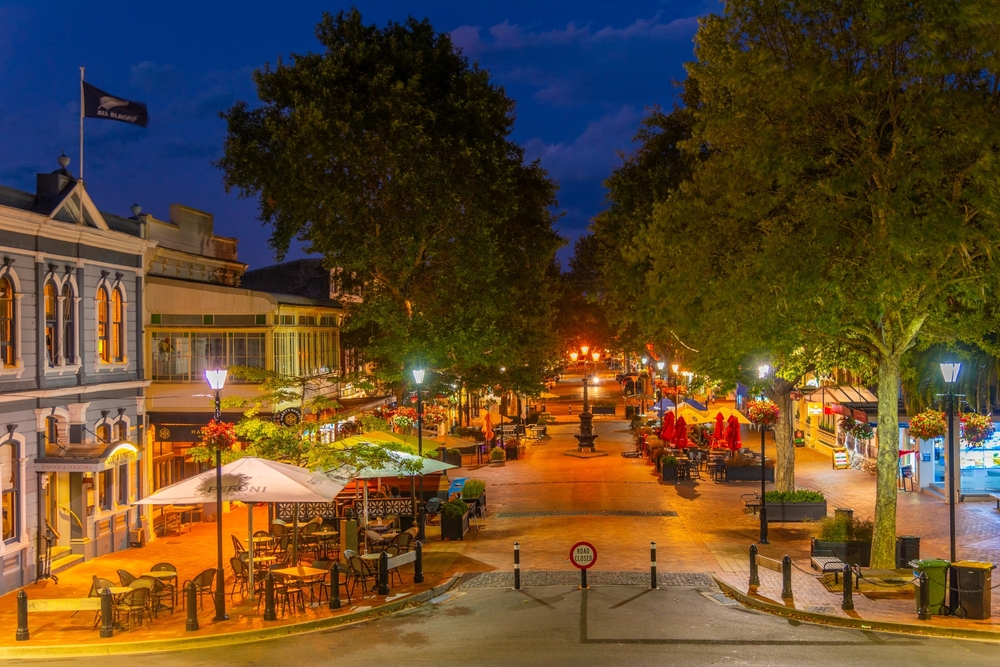
Development
A Provincial government was in place by 1860 to oversee the development of the town, where establishment of a port was seen as key to the area’s future prosperity. A new wharf was completed in 1876 which remained in place until the 1950’s. The port was to dominate the economy. Steamers provided regular services to West Coast ports, Wellington and the small ports of Tasman and Golden Bays – Tarakohe, Takaka, Collingwood, Pakawau, Puponga and Motueka.
During the goldrush of the 1870’s on the West Coast, Nelson was the main administration centre for the export of the gold. It also became the main region in New Zealand for the growing of fruit, vegetables and hops. Production continued well into the twentieth century and between the 1950s and the late 1970s, the volume of fruit exported through Nelson’s port rose from around 500,000 cases to more than two million cases.
What’s Nelson like today?
The city today is a vibrant hub of around 60,000 residents with an economy built around the ‘big five’ industries: seafood, horticulture, forestry, farming and tourism. Port Nelson is the biggest fishing port in Australasia. There are also a range of growing industries, including art and craft, aviation, engineering technology, and information technology.
5 Things We Recommend You Do in Nelson
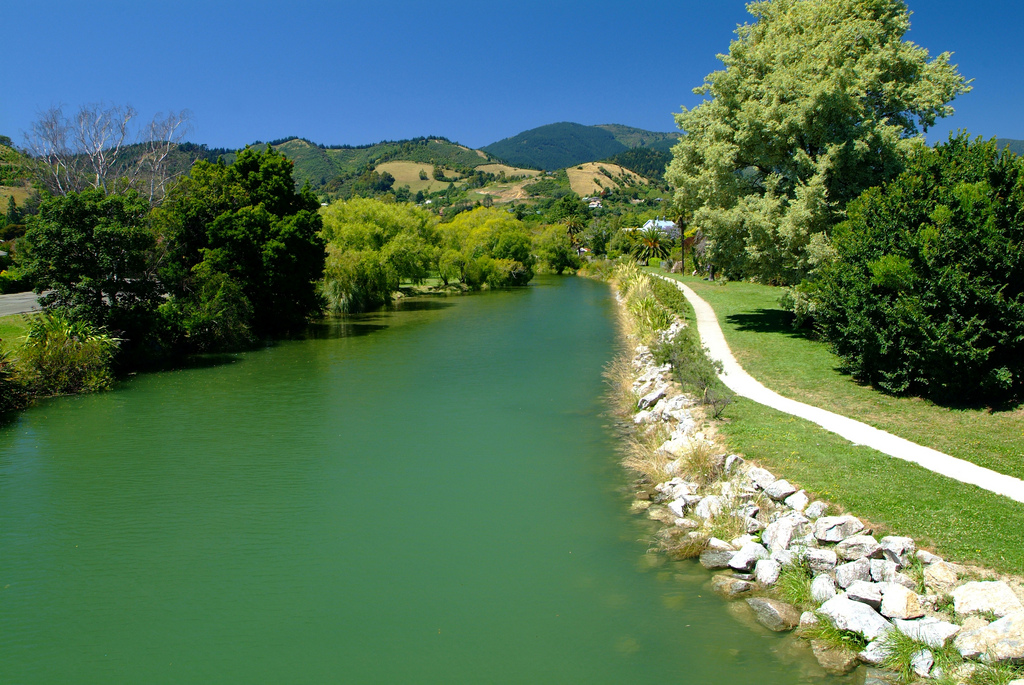
Take an Easy Walk Along the Matai River
This is perfect for a morning or afternoon stroll. The path is clearly marked by tall laminated signs to the Hardy Street footbridge and the Botanical Reserve. This was the site of the first ever Rugby game in New Zealand!
After your walk (or before it!) head to the River Kitchen. Relax on the terrace in the sun or find a cosy chair inside.
Enjoy delicious food, craft beers, wines from around New Zealand, and locally roasted coffee.
Enjoy the Views From the Top of the Centre of New Zealand Walkway
A slight detour off the Matai River walkway at the sign near the poplar trees, in the north eastern corner of the reserve, offers a track walk up Botanical Hill to the Centre of New Zealand. It’s not the exact centre, but surveyors in the 1870’s used it as a centre point.
At the summit, enjoy the stunning views over Nelson from seats around the viewing platform. Return to the base of the hill via the main track or opt to head along the hillside to Walters Bluff. A good option is to take swimwear, walk down the eastern side of the hill to Branford Park, and have a swim at Black Hole.
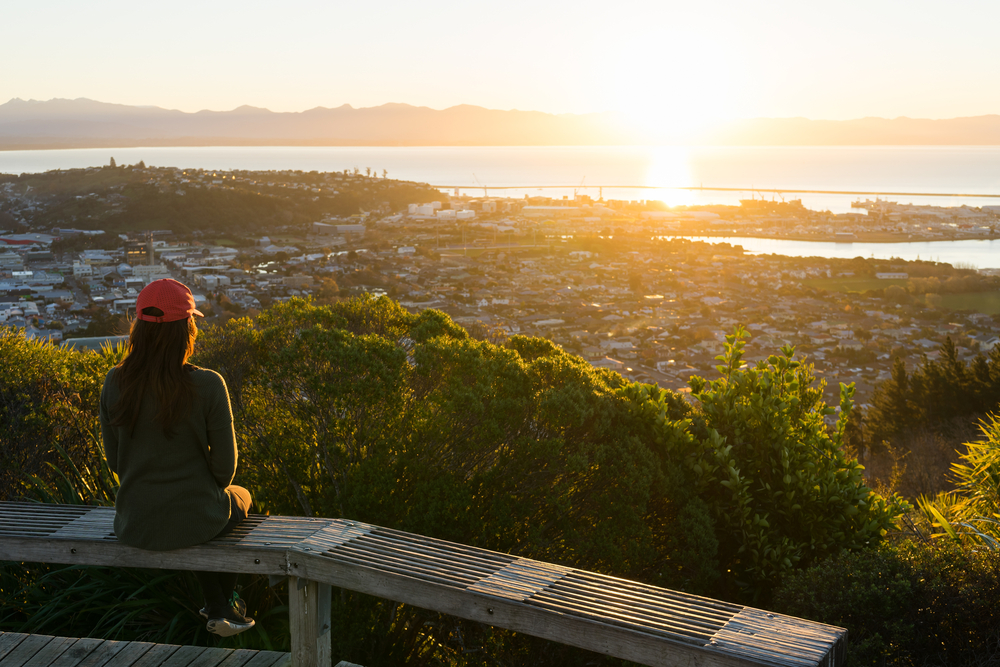
Follow the Nelson Art Trail
You can follow the art trail using the online map, or it can be found on a leaflet published by the Nelson Tourist Board and is available from the Information site in town.
The trail takes you to galleries and workshops where local artists showcase their work – from ceramics and paintings to glass blowing, wood turning, jewellery and more. There are also two art galleries – the large Suter Art Gallery with its excellent café and the Red Art Gallery.
Gentle Pedal the Great Taste Trail
This popular cycle trail winds its way past vineyards, stunning scenery and a varied range of arts, crafts and culinary attractions.
The purpose-built cycle paths ensure that nearly the whole trip stays under Grade 2 (easy), making it perfectly suited for those looking for a leisurely ride they can enjoy, not endure. There’s a whole host of hire spots and access points, so day rides are an easily achievable option, but we highly recommend giving the whole 174km loop a go – taking in Nelson, Richmond and Wakefield.
This covers rural, urban and waterside terrain, getting a great taste of all that the region has to offer, from delicious food, to quirky guesthouses and quiet, natural grace.
Bikes can be rented from Kiwi Journeys or the Gentle Cycling Company.
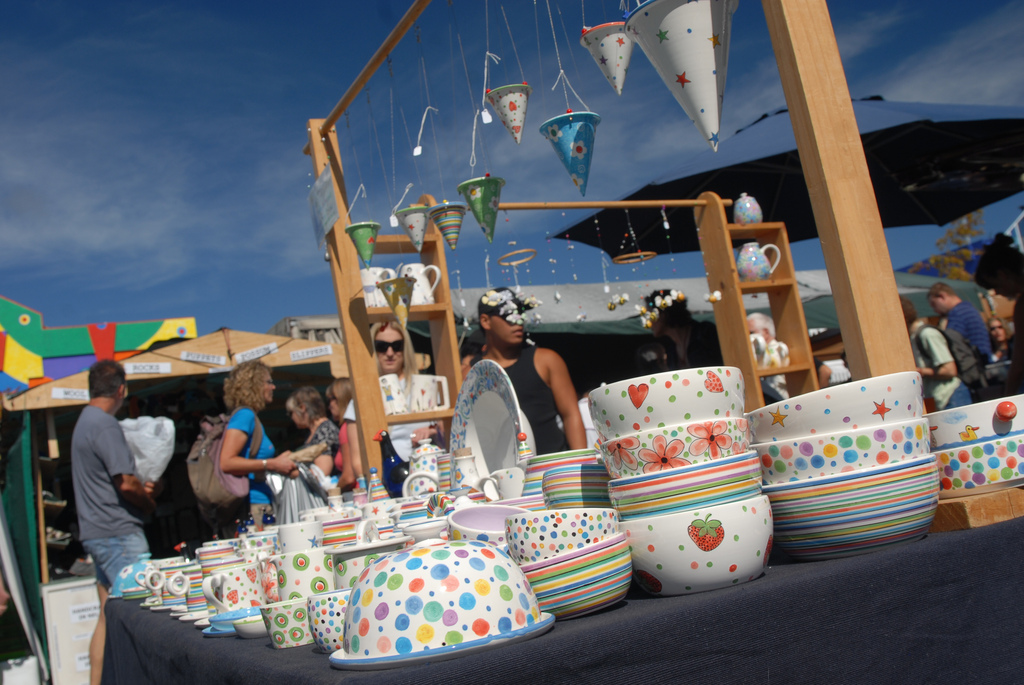
Explore Abel Tasman National Park
It would be a tragedy to visit Nelson and not check out at least one of the national parks. Abel Tasman National Park encompasses some of the most beautiful coastline to be found in the world and Nelson is the gateway to this spectacular area.
The drive to Kaiteriteri (the starting point) takes around an hour, but it may be better to take a coach because parking in the small settlement can sometimes be difficult.
On the sands are various booths of the boat operators who ply the coast, dropping off visitors for short walks, day walks or kayaking experiences. The Guided Track walk is operated by the Wilson family and walkers or kayakers stay at two excellent accommodations, Homestead House and Torrent Bay Lodge, with all meals included.
The three or five day walk is guided by professional guides who have a huge passion for the area, which definitely shows as they impart their knowledge with sensitivity and humour.
Also, near Nelson are two other national parks, Kahurangi and Nelson Lakes – both of which offer further opportunities for scenic walks of different lengths. The park visitor centres can provide maps of both areas.
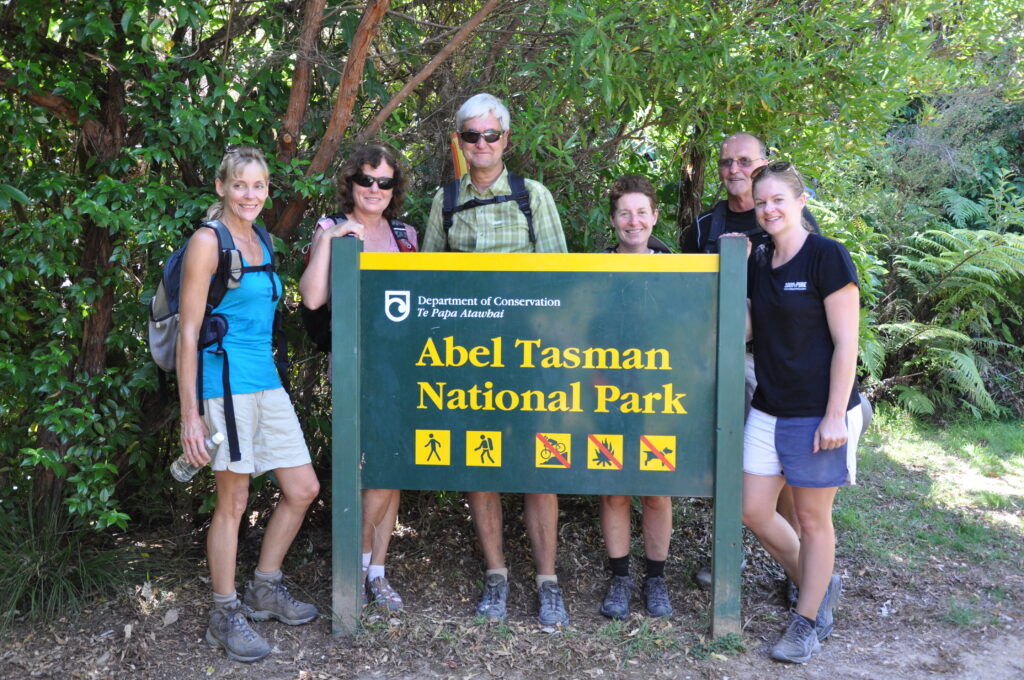
Accommodation in Nelson
The main hotels in Nelson are The Heritage Rutherford Hotel and the Trailways Inn, both are well situated for the town and offer 3-4-star facilities with restaurants. If you really want to embrace the outdoors and the beauty of the region, then the luxurious Kimi Ora Eco Spa Resort is the perfect place to relax and unwind after a long day exploring.
The Sails complex offers excellent, modern self-contained accommodation and there are numerous bed and breakfast establishments including Warwick House and Sussex House.
Where to Eat in Nelson
There’s a great range of places to choose from!
Of which our suggestions would be Arden Bar & Kitchen and Harry’s Hawker House as top choices, but if you want to really spice up your menu there is also Little India and The Indian Café.
For cafes, we’ve already mentioned the Riverside Café on the Matai River walk but Melrose House café, The Suter Gallery café and Little Dove are also fantastic choices.
———————–
If you’re keen to take in the sights and sounds of Nelson as part of your New Zealand holiday, it’s important to plan a few days for your visit so you can really make the most of it – we recommend two days as a minimum, to fully appreciate everything the city has to offer.
We’ve only covered a small handful of the key attractions here, but there are plenty more to be found both within the city and in the surrounding areas. If you’d like to learn more about Nelson and discuss what to do while you’re there, do get in touch.
